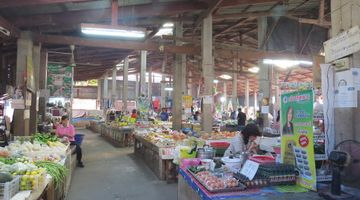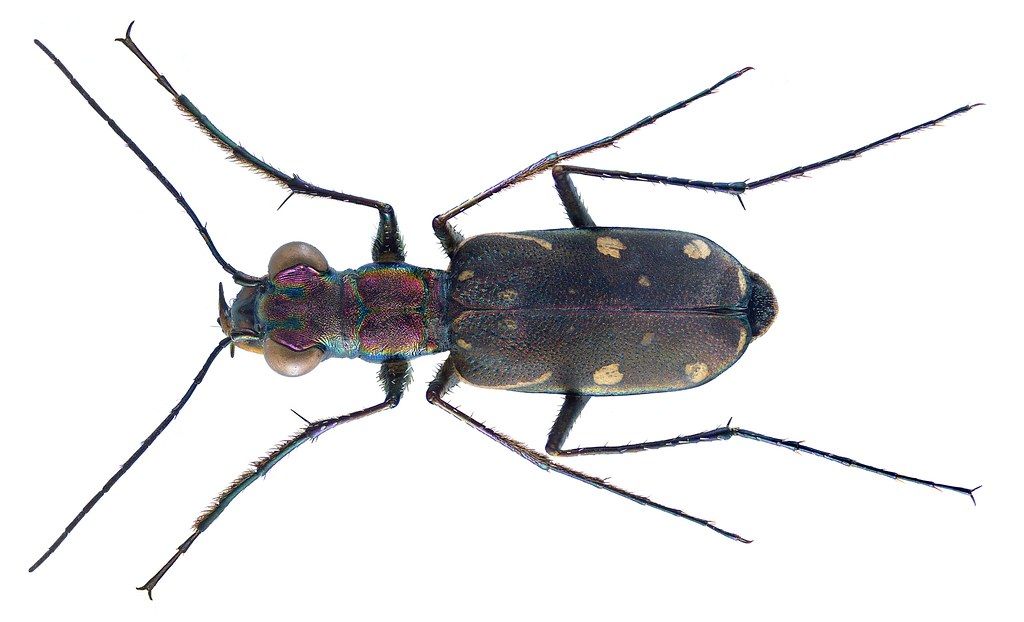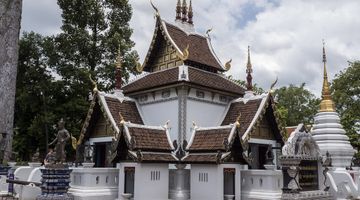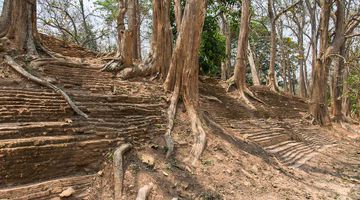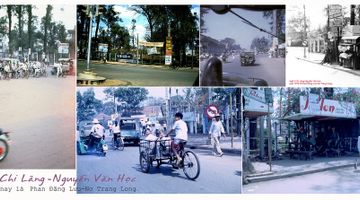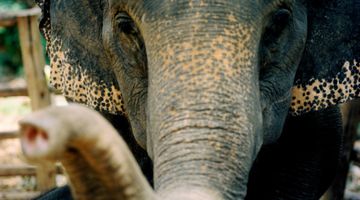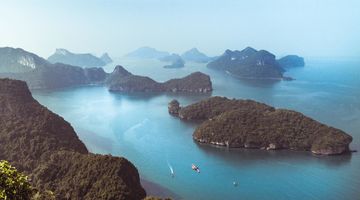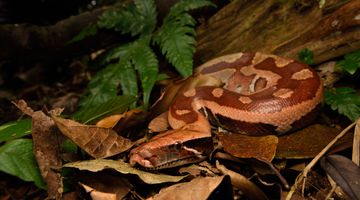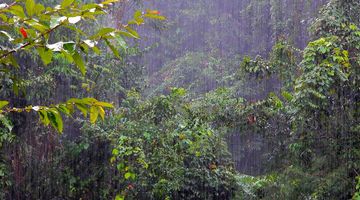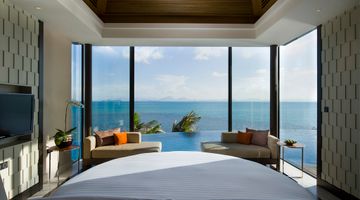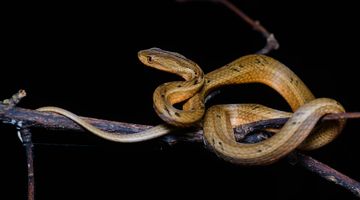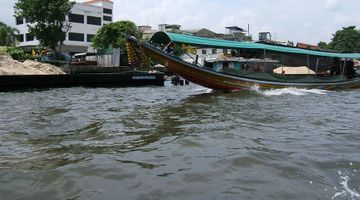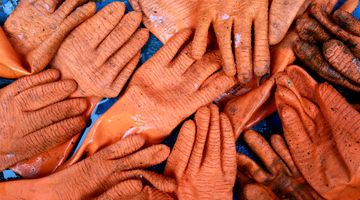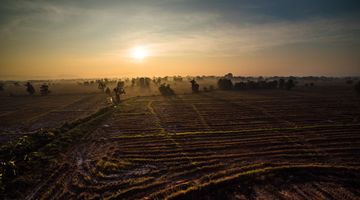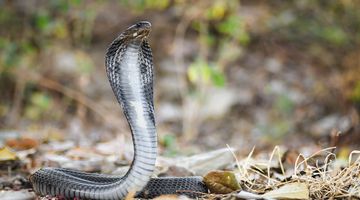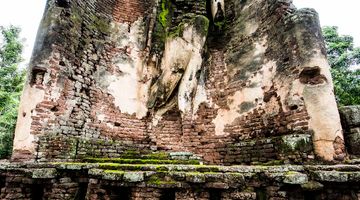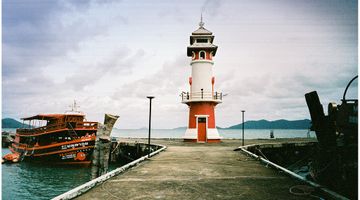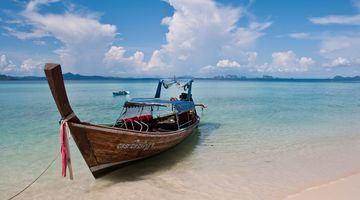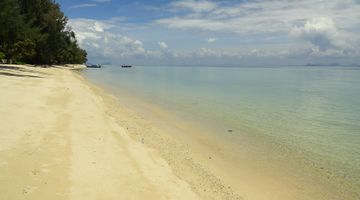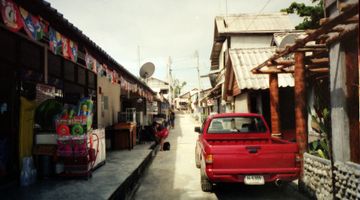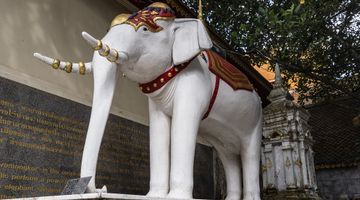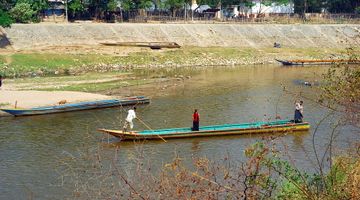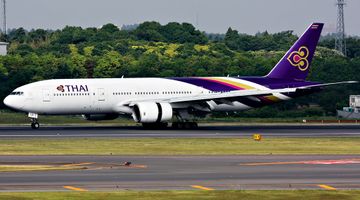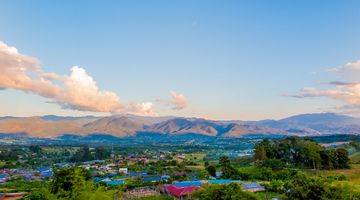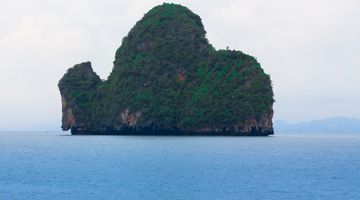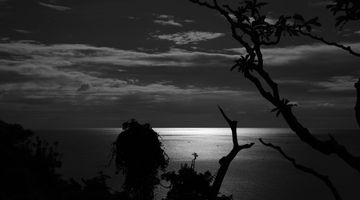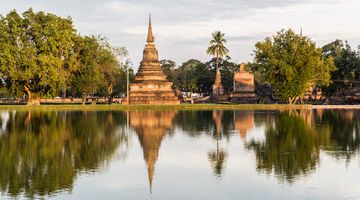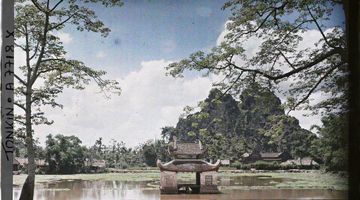Phrae Tourist Attractions
Temples, temples, a bit of more temples all spiced up with beautiful teak-wood old style houses. That is probably the main impression you are going to have of Phrae. That said, Phrae temples are well worth a visit – some for their commanding location with aerial views of the surrounding area, others for their distinct bang Saen architectural style. And yes, many of them are quite old dating back to 8-12th century.
Wat Luang
Wat Luang is the oldest and most interesting temple in the old town. One of the original buildings is still standing and it can be dated back to the 9th century. Built in Lanna style, it went through several renovations and additions throughout the centuries, reflecting the architecture style of the population that was ruling over Phrae at the time. A Chiang Saen-style octagonal chedi housing a holy relic and a large Buddha image are the highlights of the visit, but if you have some spare time don’t miss the 200 years old teak cultural hall and the little museum which displays several ancient artefacts and some 50o years old Buddha statues.
Wat Phra Non
Often overlooked by visitors in favour of the more revered Wat Luang, Wat Phra Non is a quiet and attractive temple in the old town with 300 hundred years of history. Built in Chiang Saen style, the main building features beautiful carvings reminding us the history of Ramayana and a large 9 meters reclining Buddha. Quite interesting is the portico with a lot of little stupas and the relic tower decorated with unusual designs.
Khum Chao Luang Mueang Phrae
Built in 1893, the former residence of the last ruler of Phrae is an extraordinary example of the large mansions that was flourishing in the late 19th century, when Phrae became a strategic and crucial trade town in the teak industry, attracting western capitals and architectural influences both of them clearly visible in this palace.
The King and the Queen choose this place to stay overnight when visiting Phrae in 1958, and since 1993 it is open to the public as a museum. Open every day from 8.30am to 4.30pm, admission is free and it is located in the heart of the old city, close to the temples.
Ban Wongburi
A few blocks away from Chao Luang, Ban Wongburi is another private mansion built in 1897 in a more characteristic northern Thai style, with smaller influences from European architecture. A two storey teak house, it incredibly survived like the previous one to the Burmese rebellion at the beginning of the 20th century, and without any major renovation it shows nowadays its marvellous wooden carvings, beautiful stuccos on the entrance, and all the furniture, silverware and other belongings from the original owners. Used as a setting for several movies, it has been awarded with an important prize in 1993 for his outstanding architectural conservation value. We’ve been unable to verify it, but it is presumably possible to arrange (well in advance we suppose) a traditional northern Thai dinner if you are a large group.
Open every day from 8.30am to 5.00pm, admission fee is THB30.
Wat Phrathat Cho Hae
One of the most revered temples in the whole country, Wat Phrathat Cho Hae is believed to enshrine Lord Buddha’s relics, the usual hair and a more peculiar part of his left elbow. Because of this, thousands of devotes make their way to Phrae from Bangkok every year to pay their respect to the impressive 33 meters high stupa hosting the relics walking around it for three times. Follow the same tradition and you’ll be rewarded with good luck. 108 bowls are lined up for donations (108 is a sacred number both for Hindu and Buddhism); change your bills into small coins if you want to join the flow of believers and put one coin into each bowl.
The temple was built in the 14th century. It is worth a visit just for its beauty, but the location on top of a hill adds to the appeal allowing spectacular views of the countryside around.
Wat Phrathat Cho Hae is located 10 km south of Phrae, on route 1022, easily reachable by a motorbike or a public songthaew from Chompu Ming Market.
Wat Phrathat Chom Chaeng
Just one km away from the previous temple and easily reachable on foot, Wat Phrathat Chom Chaeng is a lot less visited site, and to a western eye it could look even more interesting than Phrathat Cho Hae. The 29 m golden chedi is built in the same style and the temple is believed to be much older (officially built in 788). The word Pharathat suggests that it also enshrines Lord Buddha’s relic, and the legend tells that Buddha arrived here at dawn, stopped to rest and donated one of his hair which is housed in the chedi.
Take a note of a sinister path through the temple’s grounds flanked with several statues of naked and angry ghosts.
